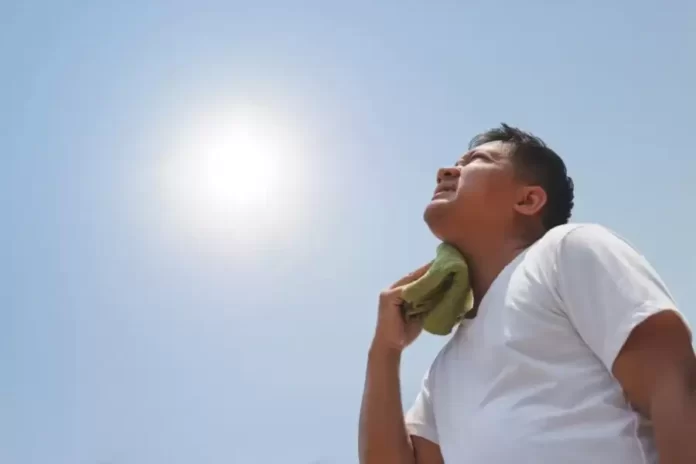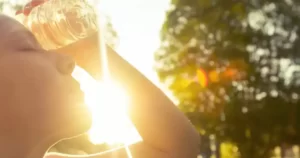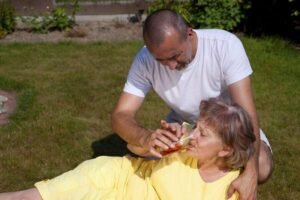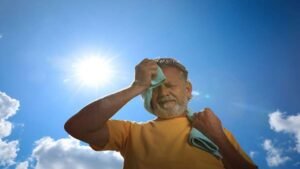Heat stroke is a serious condition that can happen when your body overheats due to prolonged exposure to high temperatures. If left untreated, it can be life-threatening. It’s important to know the signs and symptoms of heat stroke so that you can take action quickly if you or someone you know is experiencing them.
Causes of Heat Stroke
Heat stroke is a severe medical condition that happens when your body gets extremely hot. It can occur when you’re exposed to high temperatures, causing your body temperature to rise to 103-104 degrees Fahrenheit. It is extremely deadly in some cases and furthermore, can even cause death.
Heat stroke occurs when the body can’t cool itself down and regulate its temperature. High temperatures and dehydration can cause this condition. Not drinking enough fluids and taking certain medications or having certain medical conditions can increase the risk of heat stroke.
Heat Stroke Symptoms
The symptoms of heat stroke can include a high body temperature, usually over 103°F, along with hot, red, dry skin, rapid heartbeat, headache, dizziness, nausea, and confusion. Moreover, as the condition progresses, seizures, loss of consciousness, and even coma can occur. You can tell it’s a heat stroke by the following symptoms:-
- High body temperature
- Rapid heartbeat or breathing
- Confusion or disorientation
- Headache, nausea & vomiting
- Dry, hot skin or skin rashes
- Muscle cramps or weakness
It’s important to take steps to prevent heat stroke, especially during hot weather or when engaging in physical activity. Drinking plenty of fluids, wearing lightweight and loose-fitting clothing, and taking frequent breaks in the shade or air-conditioned areas can all help prevent heat stroke. Additionally, it’s important to limit alcohol and caffeine intake, as they can lead to dehydration.
How to Treat Heat Stroke
If you or someone else has heat stroke symptoms, act fast. Find a cool, shady place and remove excess clothing. Drink fluids if possible and use a fan or apply cold water to the skin. Also, get medical help as soon as possible, especially if symptoms don’t improve.
Some people are more vulnerable to heat stroke than others. Elderly people, young children, and individuals with medical conditions like high blood pressure, heart disease, or diabetes are at a greater risk. Furthermore, people who work outside or engage in outdoor activities for extended periods of time should take measures to prevent heat stroke.
Prevention of Heat Stroke
There are several methods to prevent heat stroke.
- Drink plenty of water to stay hydrated at all times.
- Avoid consuming high-protein food much
- Avoid consuming tea, alcohol and coffee in excess.
- Take cool baths and showers to prevent your body from heating up.
- Wear light shades and light clothing to help your body stay cool.
- Try not to go out in the sun when it is the hottest and prevent sun rays from causing damage to your body.
- Avoid extreme exercise in hot temperatures as it can cause a lot of discomfort and eventually, a heat stroke.
- In case of an emergency, immediately seek medical help and do not delay professional attention.
Conclusion
Preventive measures such as staying hydrated, wearing appropriate clothing, and taking breaks in cool areas can help prevent heat stroke. If symptoms occur, move to a cool area, drink fluids, and seek medical attention as soon as possible.
FAQs
1. What are the signs of heatstroke?
Confusion altered mental states and extreme thirst.
2. What are the signs of heat exhaustion?
Clammy skin, fast pulse, nausea.
3. Are heat strokes serious?
Yes, they can be very serious if not treated in time.
Also read: 7 Key Steps to Take After Sustaining a Dog Bite Injury


































































